July 2, 2020 by Siobhan Climer and John Irey
In August of 2019, the Federal Communications Commission (FCC) passed two new federal laws – Kari’s Law and the Ray Baum’s Act. In our two-part guide to these recent laws and their impact on multi-line telephone systems (MLTS), we’ll look at the following:
 Definition of Kari’s Law
Definition of Kari’s Law- Story behind Kari’s Law
- Goal and Meaning of Kari’s Law
- Implementation impacts on MLTS
In today’s Part 1, we’ll be examining Kari’s Law. In Part 2, we will examine the RAY BAUM’s Act.
What Is Kari’s Law? Explanation And Definition From The FCC
At its core, Kari’s Law puts a Federal mandate on an assumption many individuals may have already had: no matter where you are, dialing 9-1-1 will connect you to the emergency number.
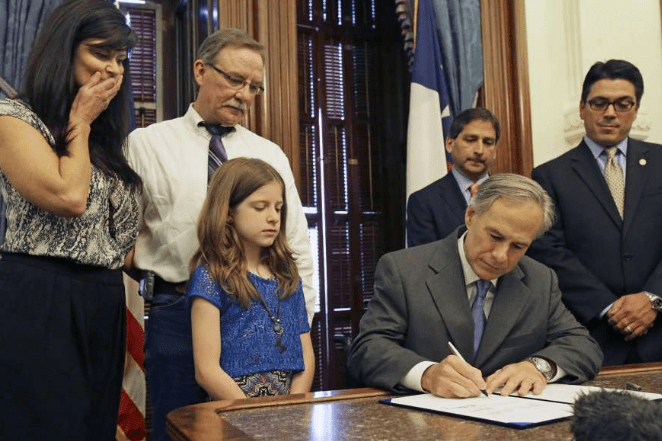
In facilities using multi-line telephone systems – such as motels and most businesses – callers have to enter a prefix or access code, typically ‘9’, before entering in an outbound call. In the heartbreaking tragedy that led to the resolution, a child who had learned about calling 911 for help in school was unable to do so in an emergency due to this requisite.
From the FCC notification:
“Kari’s Law requires direct 911 dialing and notification capabilities in multi-line telephone systems (MLTS), which are typically found in enterprises such as office buildings, campuses, and hotels.
Under the statute and the Commission’s rules, MLTS manufacturers and vendors must pre-configure these systems to support direct dialing of 911—that is, to enable the user to dial 911 without having to dial any prefix or access code, such as the number 9.” (emphasis added)
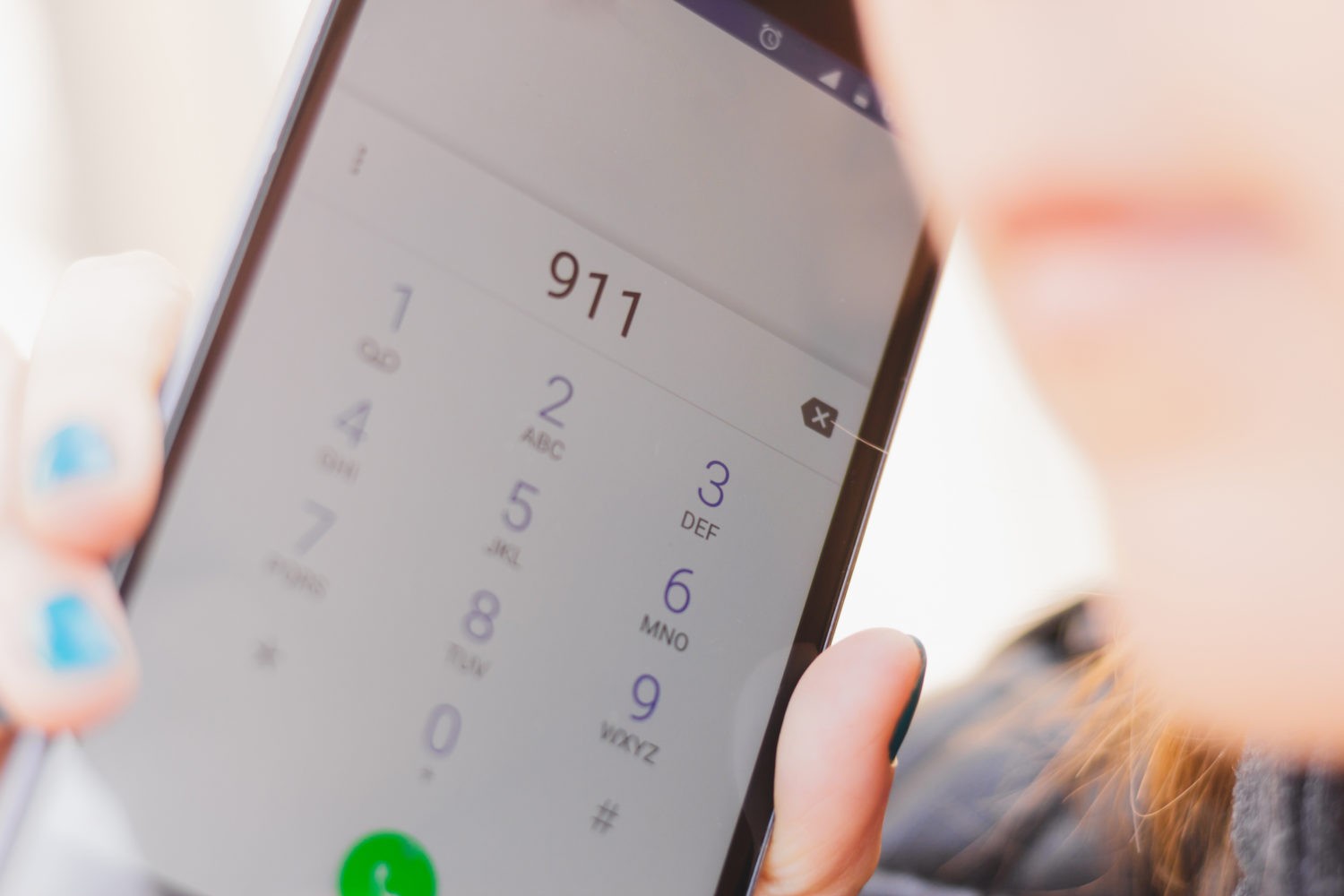
Kari’s Law Requirements:
- All MLTS phone systems must allow callers to reach 911 with no prefix required. (911 not 9-911 or 8-911).
- A Notification of the emergency call must be made to another location or party with the fact that a 911 call has been made, a valid callback number, and the caller’s location as conveyed to the Public Safety Answering Point (PSAP / 911 Center).
While older systems are exempt from the law, it is unclear how system updates impact the reach of the law on updated systems.
The Heartbreaking Story Behind Kari’s Law
The passage of this law comes in response to the killing of Kari Dunn, a mother of three. Kari was attacked and killed by her estranged husband in a Texas hotel room, and the law is named in her honor.

Kari’s 9-year old daughter, Brianna, was in an adjacent room and dialed 911 four times from the hotel room, yet was unable to reach help. Brianna, who spent much of the attack trying to protect her two younger siblings, attempted to break down the door and heard the entirety of her mother’s murder.
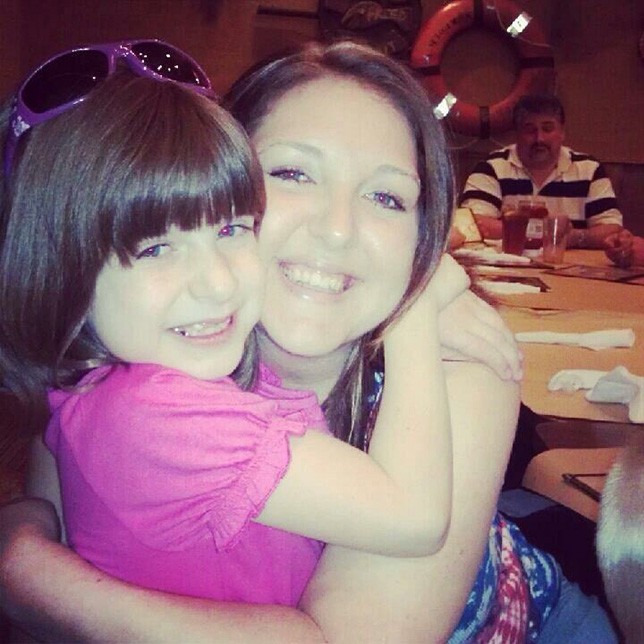
Brianna, who made multiple other attempts to get help for her mother during the attack, did not know that multi-line telephone systems (MLTS), typical in office buildings, hotels, or campuses, require the caller to dial ‘9’ to dial out.
Hank Hunt, Kari’s father and the driver behind the passage of Kari’s Law – lovingly referred to as ‘Papa’ by his grandchildren – told the FCC podcast that making dialing 911 easy is almost effortless and common sense:
“…Being able to call 911, come on people, it’s got to be simple. And it turns out it is simple. It was just a matter of people doing it on their own, and finding out that they didn’t and it had been like that for a while.”
Purpose And Implications Of Kari’s Law
The purpose of Kari’s Law is simple: remove all barriers to dialing 911.
As Hank Hunt indicated in his interview with the FCC podcast, enabling direct dialing of 911 is functionally simple. Mr. Hunt took great care to ensure that small and local businesses would be minimally impacted by the law.
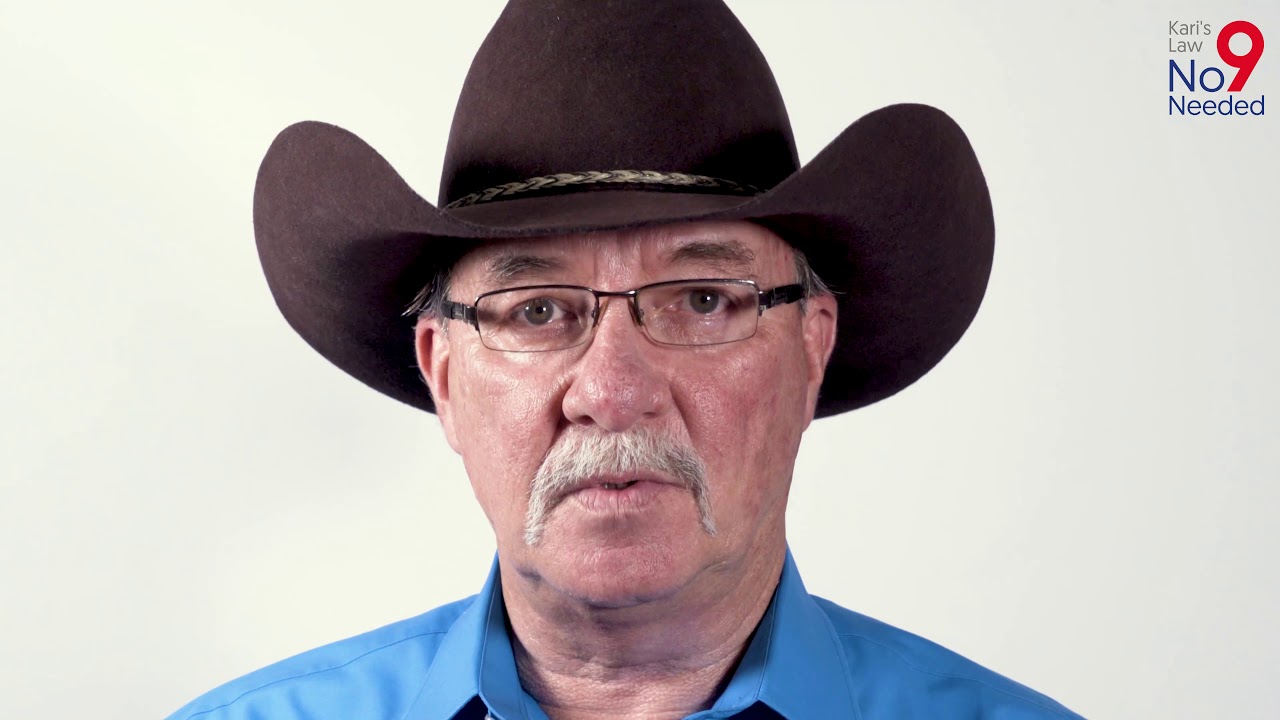
“The main thing I wanted was for Kari’s Law to not break somebody. I don’t want someone in a mom and pop hotel that’s got a 40-room hotel having to spend $10,000.00 to upgrade their phone systems.”
Kari’s law went into effect on February 16th, 2020. It is now Federal law to ensure direct dialing of 911 is implemented in MLTS.
Implementation Impacts On MLTS – What You Need To Do
Updating your multi-line telephone systems (MLTS) is not only easy, it’s the right thing to do.
Step 1: Configure Cisco Unified Communication Manager (CUCM / Call Manager) so 911 can be dialed directly, if this has not already been done.
Step 2: Use Cisco Emergency Responder (CER) to internally alert via phone call, web notification, email notification, and/or text alert.
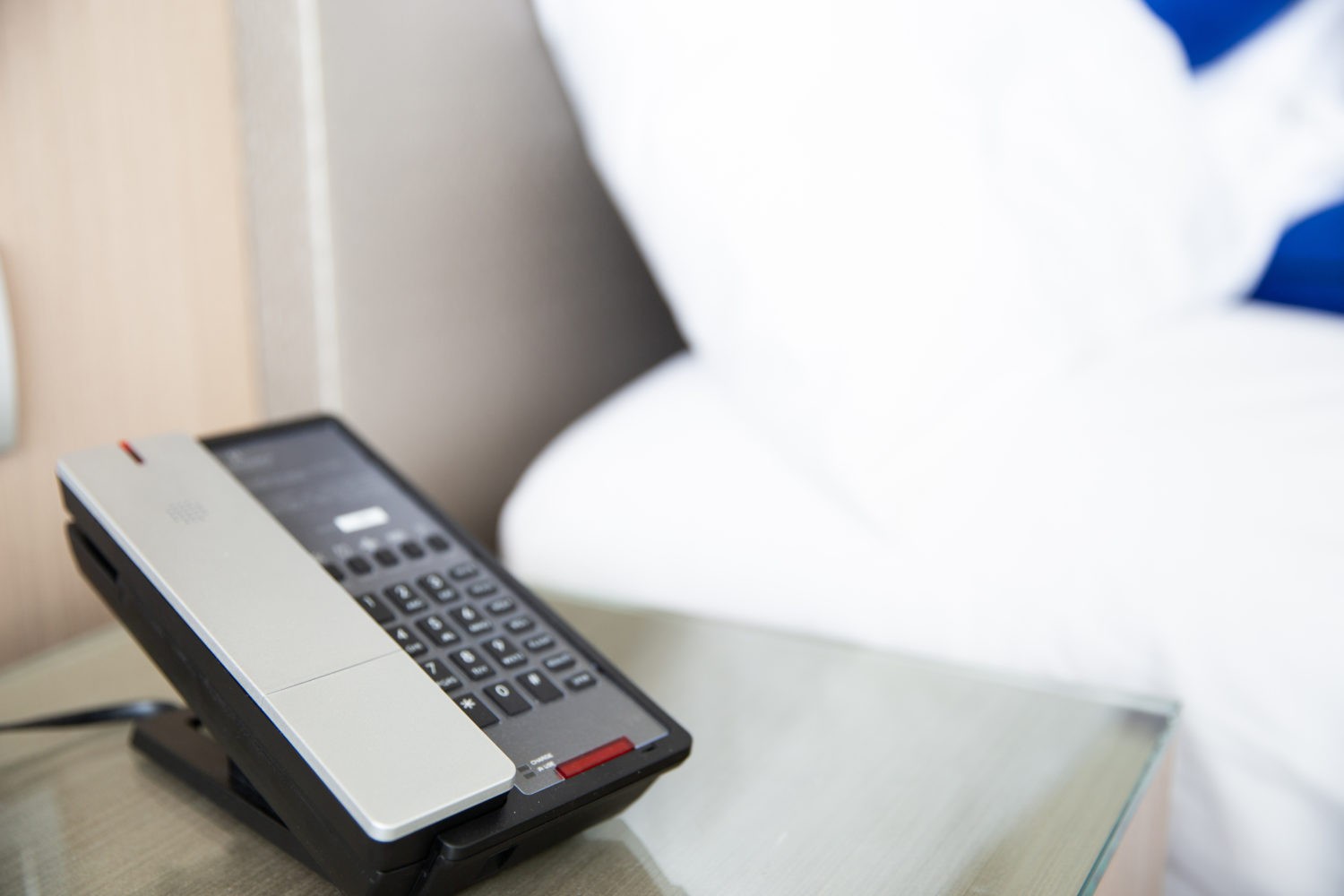
Do You Have Cisco Emergency Responder (CER)?
Mindsight can perform an assessment of a CER environment. In this assessment, our teams:
- Verify current setup functionality
- Report on zone granularity
- Perform functional test of 911 calling capabilities
- Assess internal alert systems
CER assessments remove liability for your organization and promote the safety of callers on your premises.
No CER?
If you do not already have CER, now is the time to deploy it. While the law excempts older installations of MLTS, the law is vague around upgrades and customer liability. Besides, CER supports common sense safety at your facilities.
How Do You Know If Kari’s Law Impacts You?
Understanding your MLTS is important; if you are not sure if Kari’s Law impacts your systems, contact a Mindsight representative. We can help you determine if an assessment or reconfiguration is needed.
Let’s do everything we can to ensure that no one has to suffer as Kari and her children did – and do. It’s simple. It’s the right thing to do.
Like what you read?
Contact us today to understand how Kari’s Law impacts your contact center systems.
About Mindsight
Mindsight is industry recognized for delivering secure IT solutions and thought leadership that address your infrastructure and communications needs. Our engineers are expert level only – and they’re known as the most respected and valued engineering team based in Chicago, serving emerging to enterprise organizations around the globe. That’s why clients trust Mindsight as an extension of their IT team.
Visit us at http://www.gomindsight.com.
About The Authors
John Irey is a Principal Consultant at Mindsight focused on Cisco platforms. With nearly 20 years of experience in information technology, John has helped businesses of every size optimize the technology powering the contact center. He seeks to provide a consultative voice to contact center leaders and continues to focus on emerging technology, such as machine learning and artificial intelligence.
Siobhan Climer writes about technology trends in education, healthcare, and business. With over a decade of experience communicating complex concepts around everything from cybersecurity to neuroscience, Siobhan is an expert at breaking down technical and scientific principles so that everyone takes away valuable insights. When she’s not writing tech, she’s reading and writing fantasy, hiking, and exploring the world with her twin daughters. Find her on twitter @techtalksio.
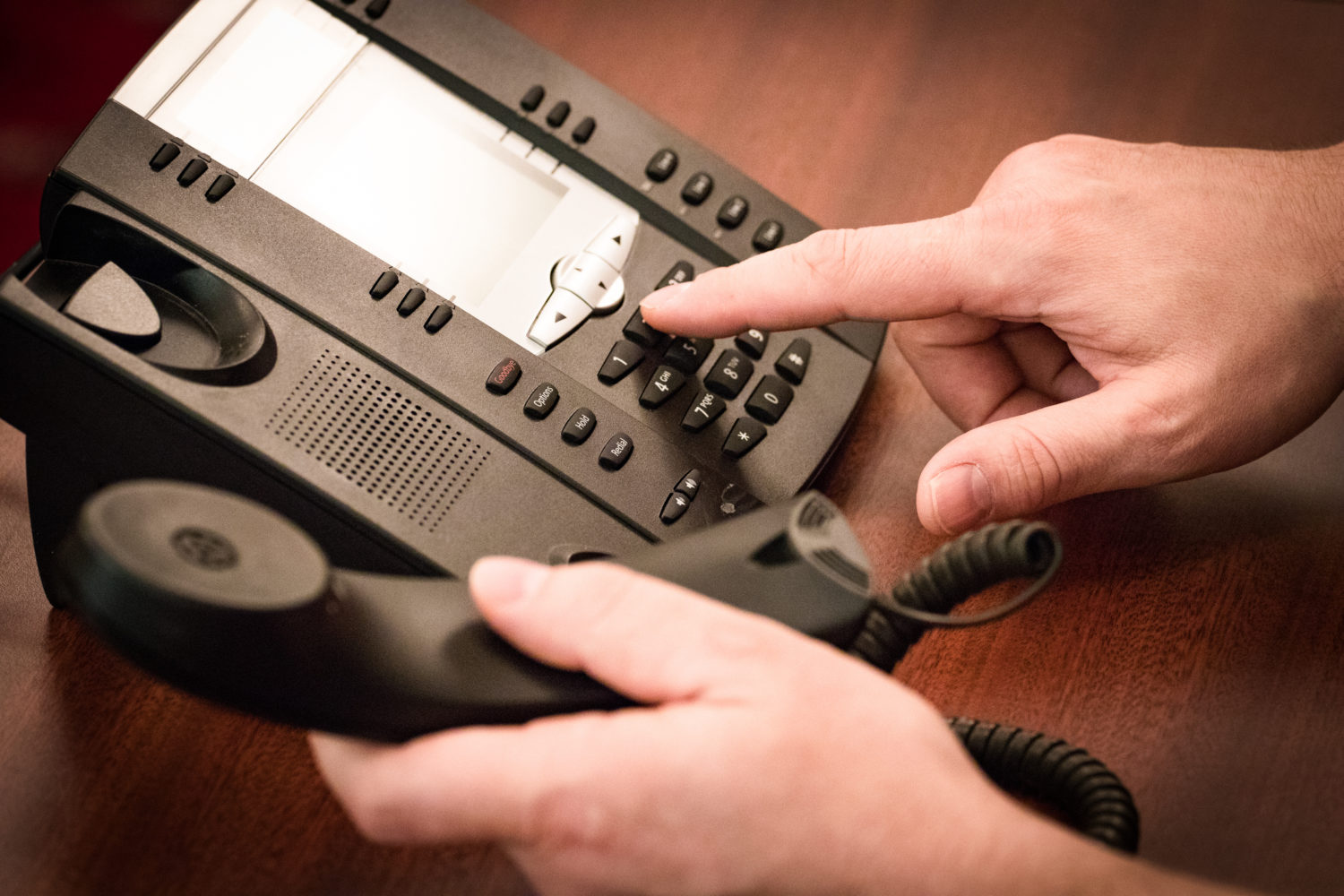 Definition of Kari’s Law
Definition of Kari’s Law
